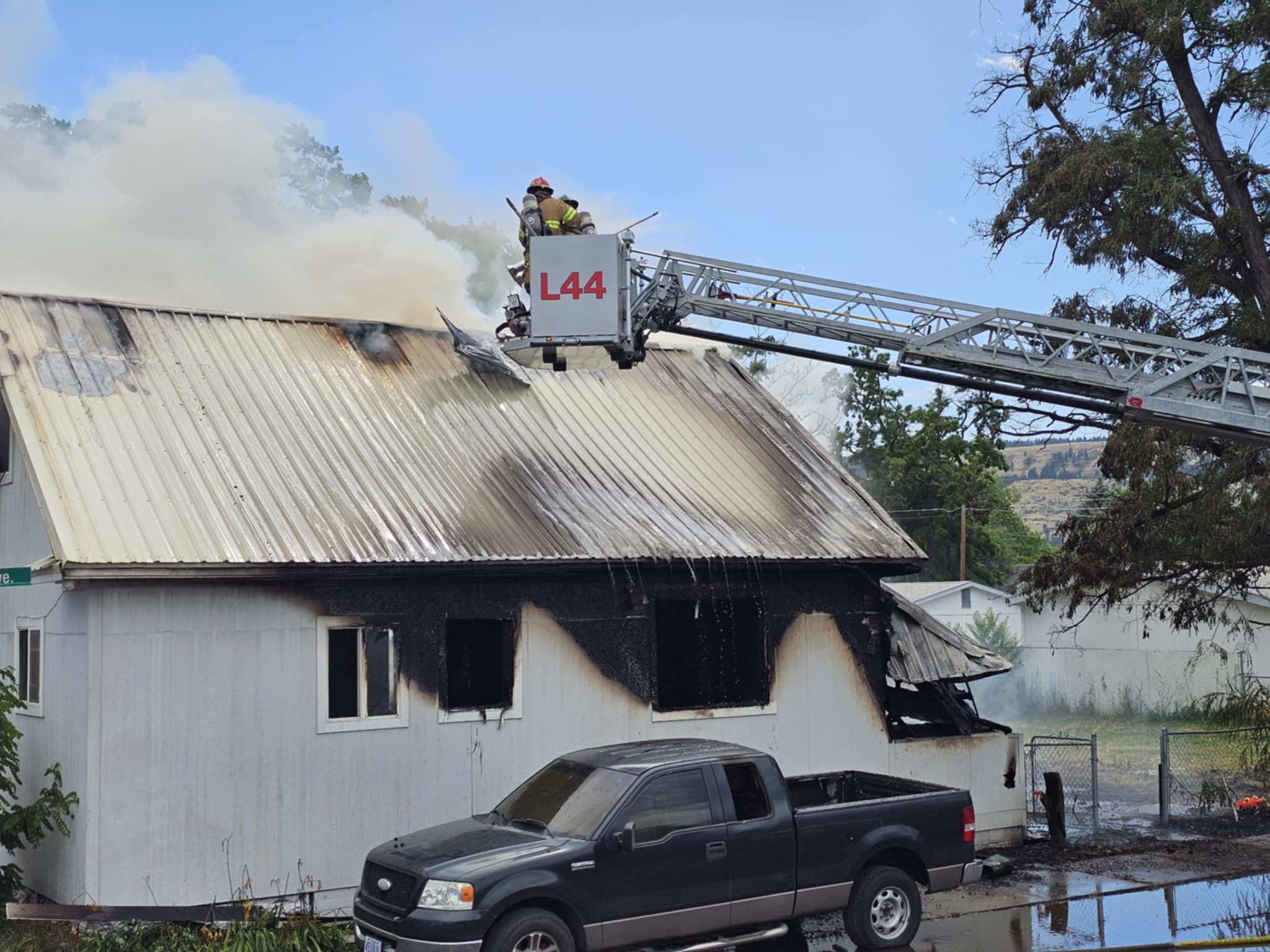Long-term care: Making decisions
Published 11:28 am Friday, September 27, 2013
Discussions about long-term care for the elderly are often postponed until action is unavoidable due to hospitalization from falls, medication mismanagement or malnutrition, says Pam Peyron, owner of Elkhorn Adult Foster Home in Baker City.
People often, “don’t seem to have a clue” when they are suddenly faced with decisions about long-term care for a patient being released from the hospital, she said.
Peyron not only wants to see older citizens and their families begin to study options sooner, she is providing a variety of resources to make that task easier.
She has condensed information from the Oregon Department of Human Services that lists all of the available care options in Baker County, from in-home care to nursing homes.
Peyron has also posted that list and a wealth of other information on her website – elkhornadultfoster
home.com.
Print versions are also available at DHS, Community Connections, Ideal Partners and other locations around the community. Her resources cover such topics as planning for the future, signs of needed care, a continuum of care options, cost comparisons and evaluating care providers.
Peyron says competition isn’t an issue as she informs people of local options, and she is quick to praise the strengths of other facilities.
For example, she said she has learned a great deal from attending memory care classes at Settler’s Park in Baker City. In a county with about 15 percent of its residents over age 70, she believes there is a need for more providers.
Choosing the best type of care and environment for an elderly family member involves an examination of a complicated web of issues including current living situations, medical needs, legal issues, and, of most concern to many families, cost.
Peyron encourages people to begin by examining the senior’s needs, then to look for options that fit the person.
These range from a skilled nursingfacility, with nurses on duty at all times, to support in private homes. In between are assisted living, residential care, adult foster homes and independent senior housing. Each level is suited to different needs, Peyron said.
Cost considerations should come next. To assist seniors and families, Peyron has a comparison sheet that shows approximate costs broken down into yearly, monthly, daily and even hourly figures.
While residential care can be expensive, Peyron’s chart also lists the other costs, such as utilities and insurance, that go along with living at home.
Peyron’s approach to care is a blend of traditional (she has a bachelor’s degree in nursing) and alternative methods.
She emphasizes hydration, nutrition and routine, explaining that she often sees significant progress in new residents due to those three elements. For example, she points out that urinary tract infections, which plague many elderly citizens, are rare among her residents because they are regularly encouraged to drink water, which is constantly within reach.
“Life is like a jigsaw puzzle,” she says, pointing out that close attention to details helps her recognize and meet the needs of residents.
Elkhorn Adult Foster Care is guided by a focus on “flow” and a desire to “make it easy to give good care.” Residents get better care if caregivers are within view and obstacles and inefficiencies are minimized, she believes.
Peyron said she looked at 20 homes before selecting the site for her facility, a manufactured home at 1455 15th St.
Spaces are small and uncluttered to promote both safety and social interaction. The kitchen, dining room and living room are centrally located. Bathrooms are designed to promote safety and ease of operation for staff and residents.
While residents’ personal possessions are limited, Peyron asks them to provide their own chairs for maximum comfort and a sense of home.
Furnishings, including the central kitchen and dining room, contribute further to the homey feeling and convenience for staff and residents. Residents are encouraged to spend much of their time in the common dining and living rooms in order to reduce isolation, a major factor in mental decline and dementia.
Peyron’s own living space, a remodeled garage next to the foster home, illustrates the same simple taste and economy of space.
The staff at the foster home includes two full-time and one part-time caregiver, in addition to Peyron.
The owner usually does the evening shift as well as planning and preparing most of the meals.
In keeping with her commitment to the care of the elderly, Peyron has taken on the challenge of writing a daily blog about operating an adult foster home – TheElderCaregiver.com.
She hopes that her resources and insights will help others to follow in her footsteps. The site includes ideas about resident care, efficient operation, and meeting business and regulatory demands.








